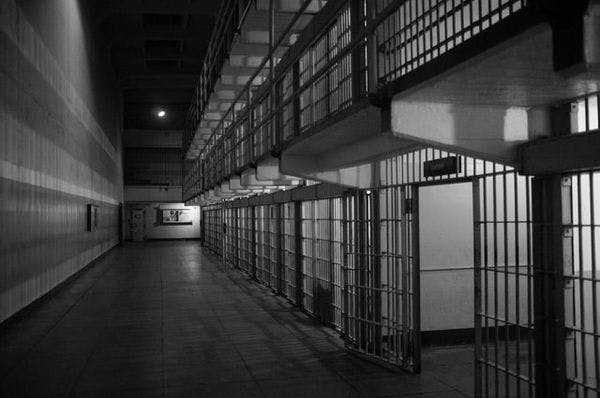Pew analysis finds no relationship between drug imprisonment and drug problems
On June 19, 2017, The Pew Charitable Trusts submitted a letter to the President’s Commission on Combating Drug Addiction and the Opioid Crisis, outlining an analysis of whether state drug imprisonment rates are linked to the nature and extent of state drug problems—a key question as the nation faces an escalating opioid epidemic. Pew compared publicly available data from law enforcement, corrections, and health agencies from all 50 states.
Pew’s analysis found no statistically significant relationship between states’ drug offender imprisonment rates and three measures of drug problems: rates of illicit use, overdose deaths, and arrests. The findings reinforce previous research that cast doubt on the theory that stiffer prison terms deter drug use and related crime.
Although the federal courts receive the lion’s share of public attention, most of the nation’s criminal justice system is administered by states. State laws determine criminal penalties for most drug offenses, and the states have made different policy choices regarding those punishments, resulting in widely varied imprisonment rates.
For example, Louisiana had the country’s highest drug-offender imprisonment rate in 2014, with 226.4 drug offenders in prison per 100,000 residents. In contrast, Massachusetts’s rate was the lowest, 30.2 per 100,000 residents, less than one-seventh Louisiana’s rate.
As Pew’s letter explained, higher rates of drug imprisonment do not translate into lower rates of drug use, fewer drug arrests, or fewer overdose deaths. And the findings hold even when controlling for standard demographic variables, such as education level, employment, race, and median household income.
Click here to read the full article.
Keep up-to-date with drug policy developments by subscribing to the IDPC Monthly Alert.
Thumbnail: Emiliano Bar | Unsplash
